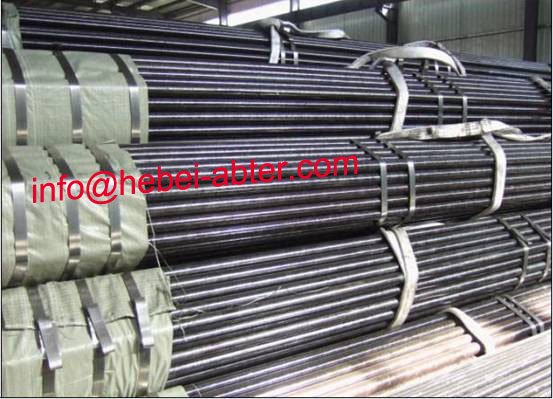
ASTM/DIN/JIS/GOST Seamless boiler steel pipes and tubes
August 23, 2017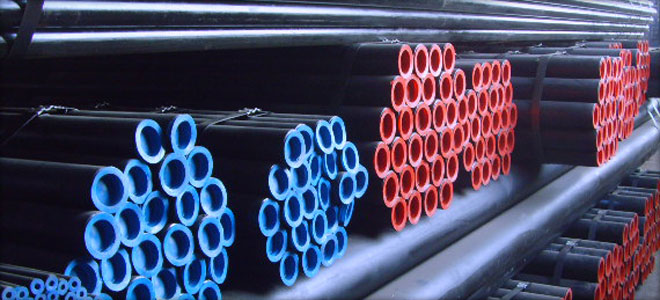
ASTM A106 seamless carbon steel pipes VS ASTM 53 High-Temperature Pipe
September 8, 2017ASTM A53 steel pipe designations are different than ASTM A500 round hollow structural sections and they are manufactured to meet different standards. While ASTM A500 is available in cross-sections matching each of the cross-sections for ASTM A53steel pipe, there are many more cross-sections available in A500.
Characteristics and Applications of ASTM A500 steel pipes:
A500 steel pipes can be subjected to most of the usual fabricating operations. Ductility is good. It bends well, flattens, cuts, punches, flares and flanges easily, and can be welded by the commonly-used techniques and practices.Common uses for ASTM A500 pipe include hand rails, posts, storage racks, displays, furniture, Structural applications, Bollards, Micro-piling.
ASTM A500 applications include structural supports, building columns, highway signs, oil field services and communication towers, to name a few. All steel structures have their pros and cons, but ultimately ASTM A500 is the better choice when you need a round profile.
Characteristics and Applications of ASTM A53 steel pipes :
Designed for coiling, bending and flanging, A53 carbon steel pipe is suitable for welding. The grades denote certain chemical and mechanical properties and should be noted in selection.A53 pipe is intended for mechanical and pressure applications and is also acceptable for ordinary uses in steam, water, gas and air lines, Low pressure systems, Structural applications, Mechanical components, Bollards, Casing
ASTM A500 is a structural specification, round HSS produced to this specification are fit for purpose when used for structural applications and general construction use. ASTM A53 is a pipe specification and is intended to be used in mechanical and pressure applications.
The specified yield strength of A500 Grade C (the most commonly available grade) is 46 ksi. The specified yield strength of A53 Grade B is 35 ksi. That’s over a 30% increase in yield strength. Therefore, A500 round HSS have greater strength-to-weight ratios than A53 pipes. So, with round HSS you need less steel, by weight, to do the job—less weight equals less cost.
ASTM A53 PIPE TYPES
The following types & grades of A53 pipe are covered within this specification:
Type F – Furnace-butt-welded, continuous welded Grade A
Type E- Electric-resistance-welded, Grades A and B
Type S- Seamless, Grades A and B

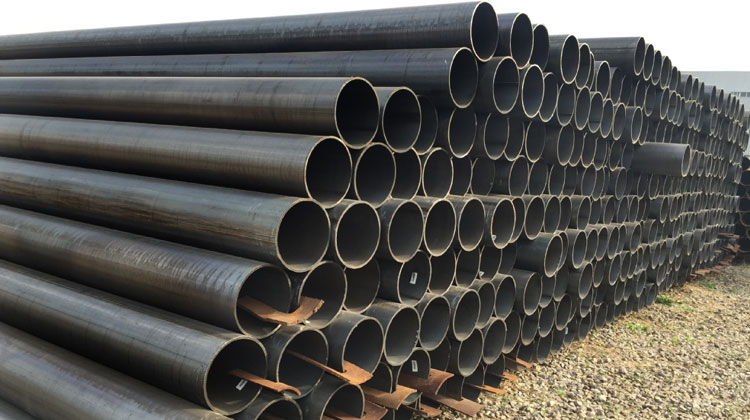
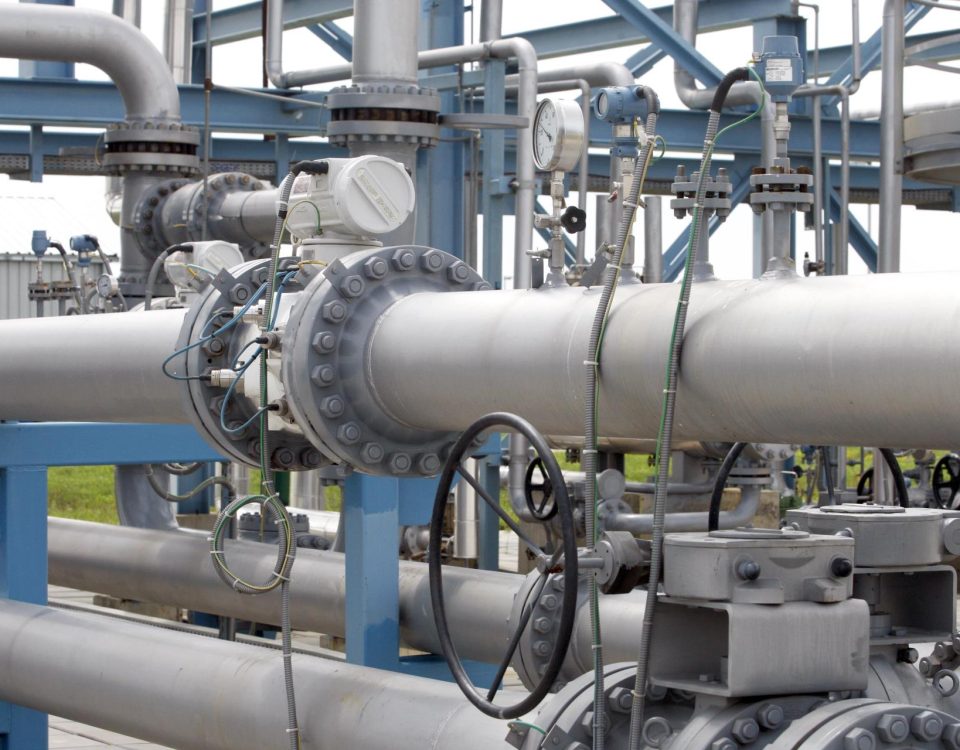
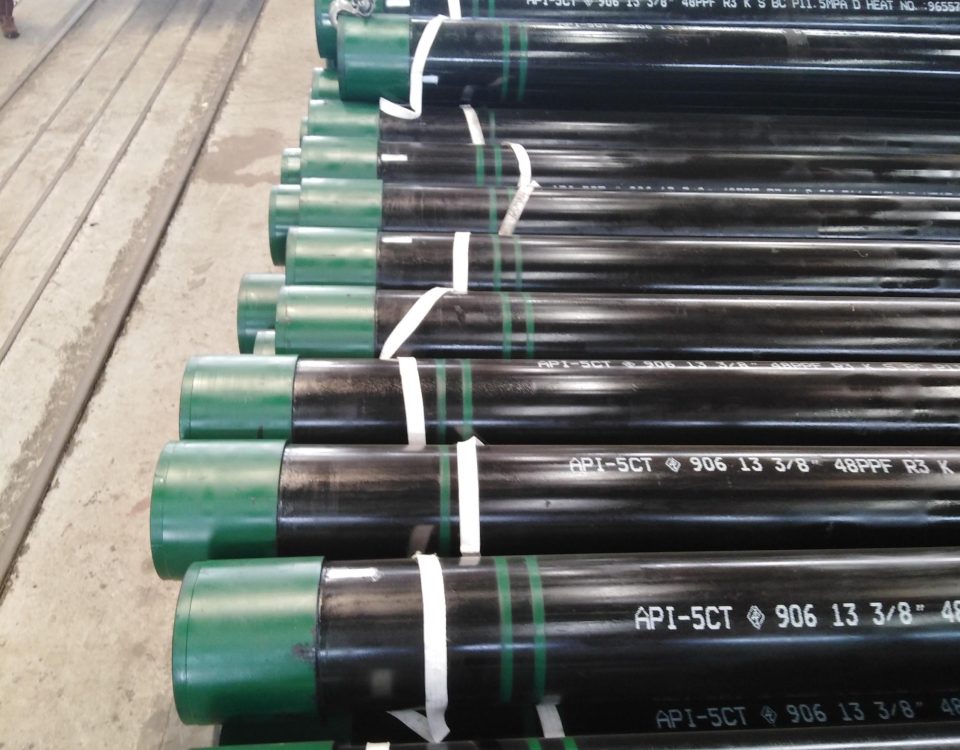
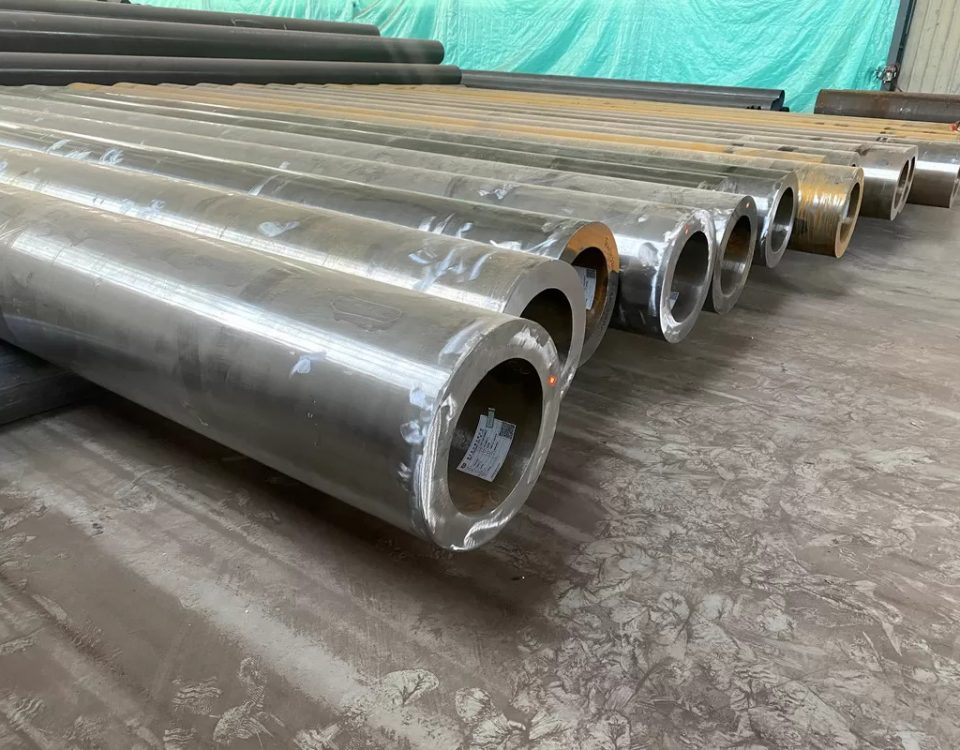

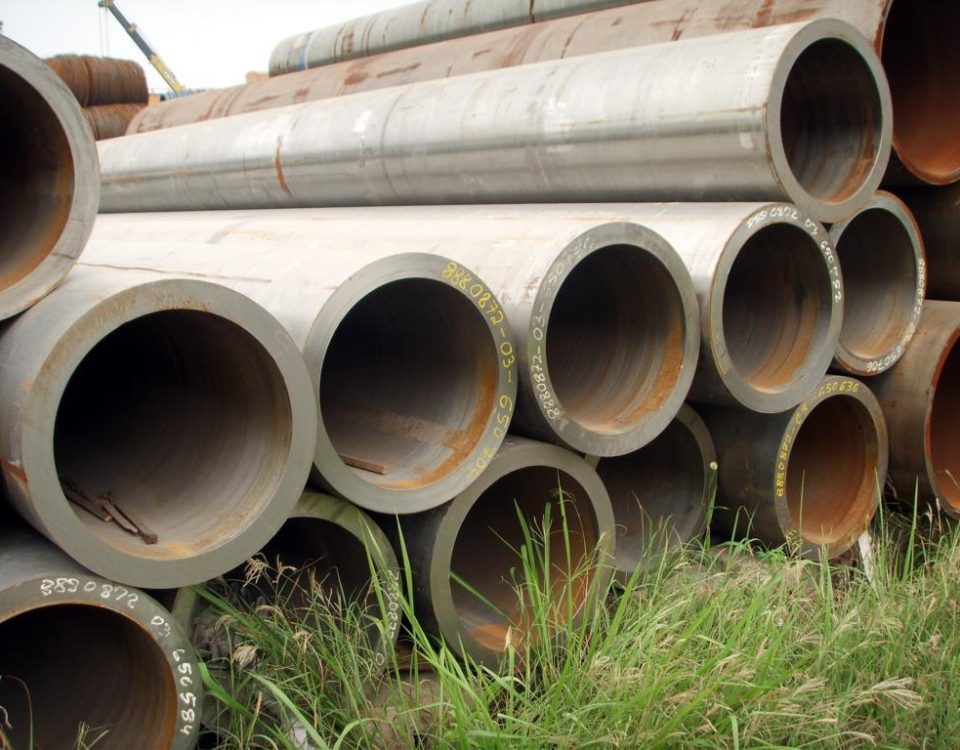
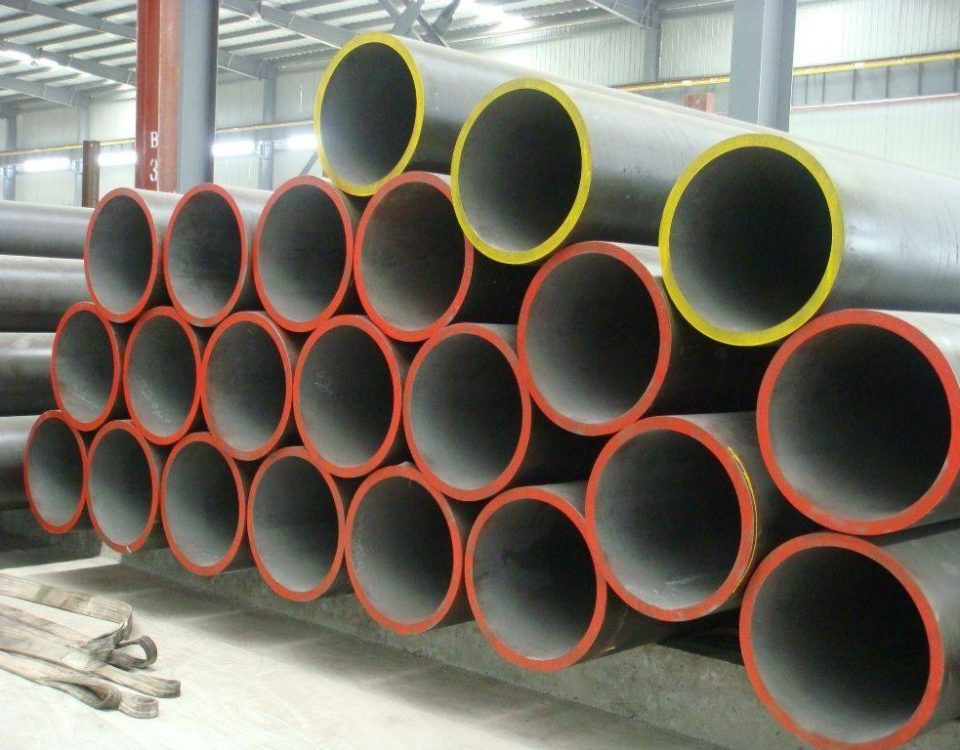
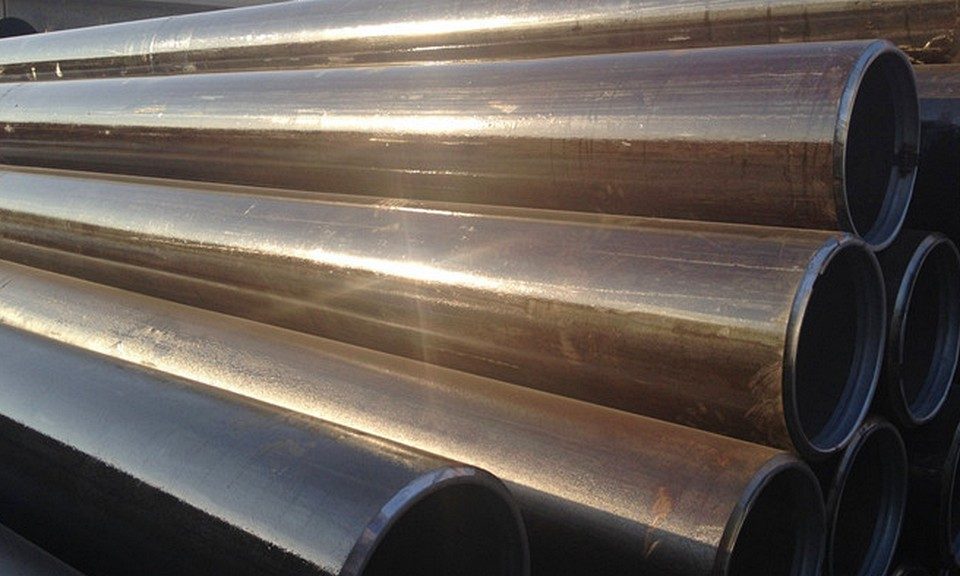
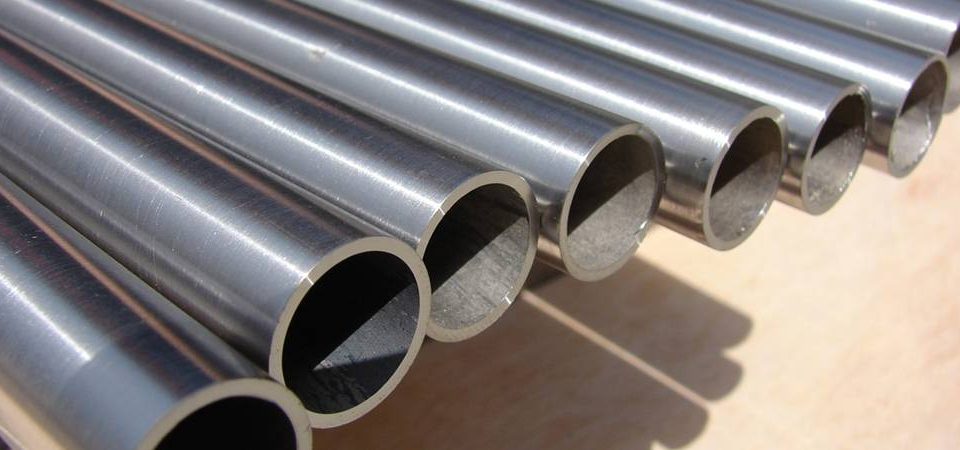
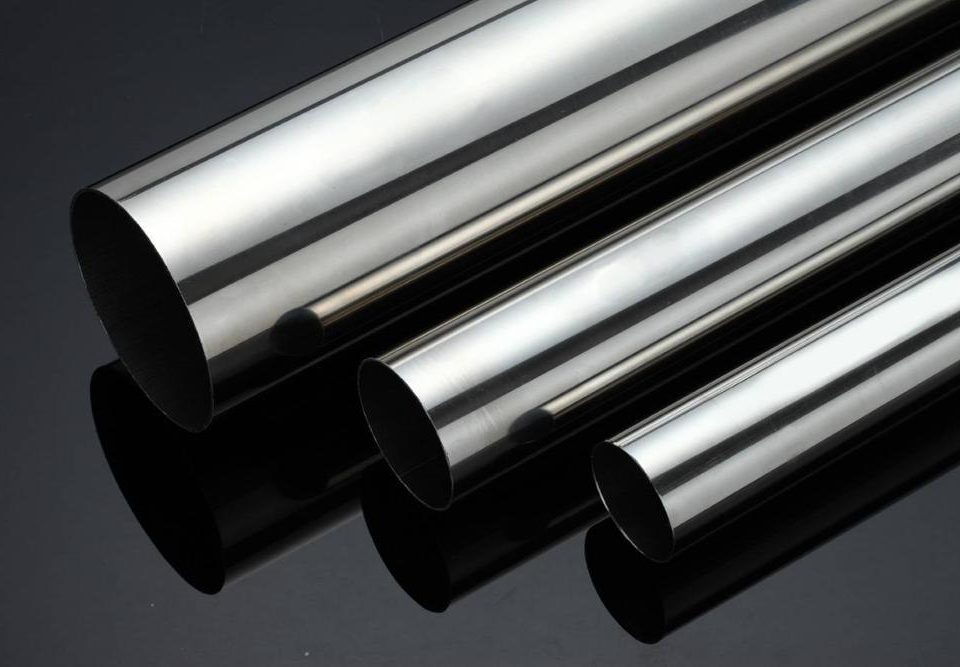
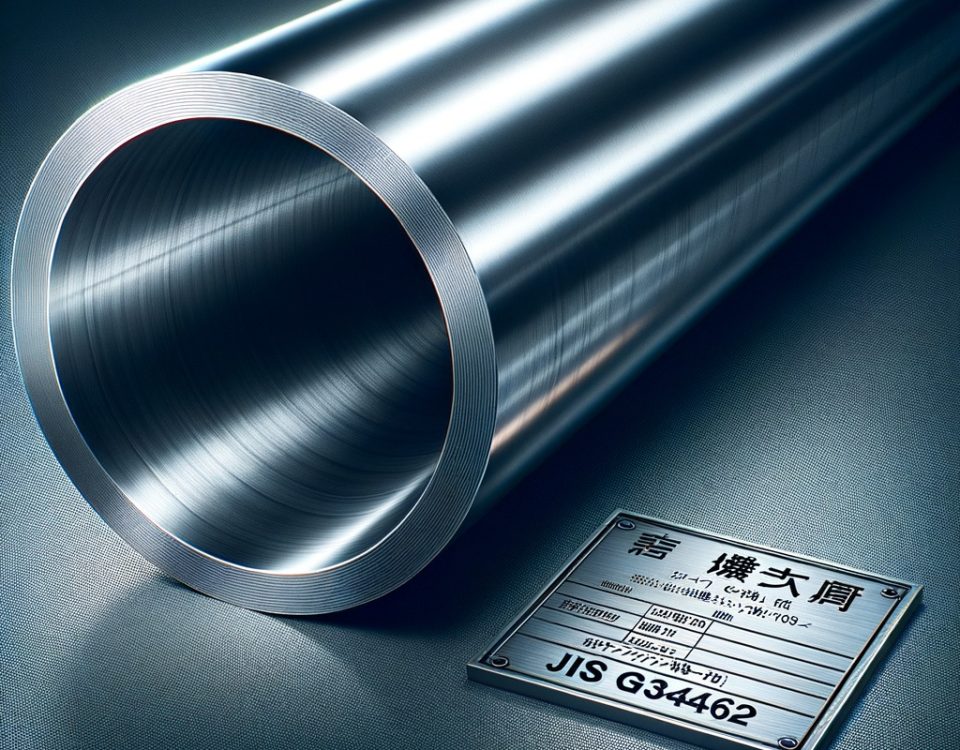
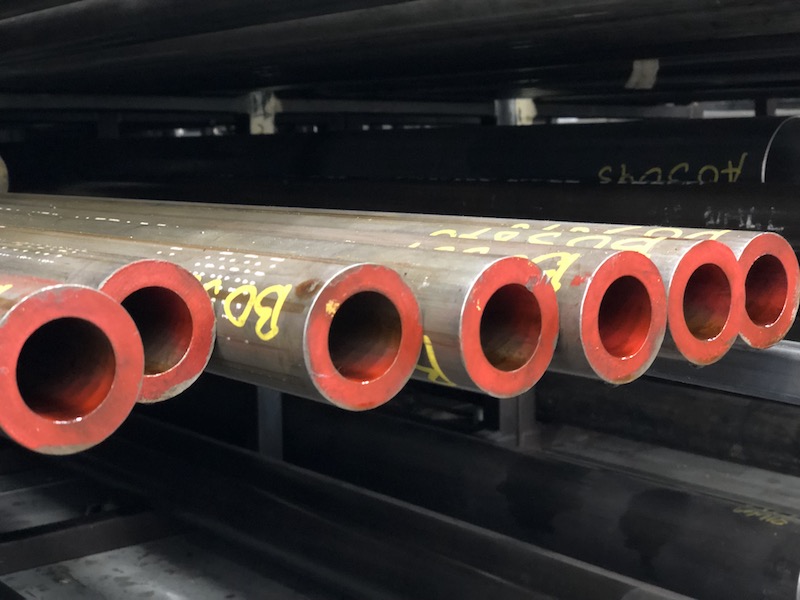
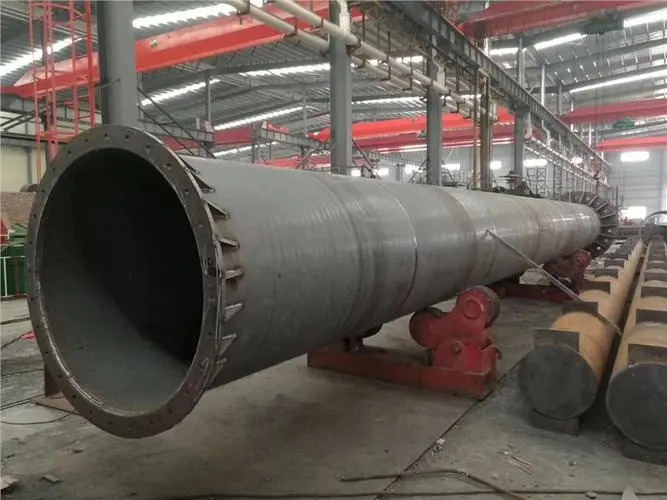
7 Comments
1.2 This specification covers the following types and grades:
1.2.1 Type F—Furnace-butt-welded, continuous welded Grade A,
1.2.2 Type E—Electric-resistance-welded, Grades A and B, and
1.2.3 Type S—Seamless, Grades A and B.
bon-steel-pipe/astm-a53-vs-astm-a500-steel-pipes/ […]
What is the difference between ASTM A252 and A500?
The tolerances in A252 are more lenient than A500 for wall thickness and it has no tolerance for straightness. A252 has a -12.5% wall thickness tolerance. Remember that A500 has a -10% wall tolerance, which is what the 0.93 factor in AISC 360-16 Section B4.
cialis online paypal
ASTM A53 vs. ASTM A500 steel pipes – abter steel pipe manufacturer, natural gas casing and tubing,seamless steel pipe,OCTG,
What is the difference between A36 and A53 steel?
A36 has a minimum yield strength of 36,000 psi, while A53 has a minimum yield strength of 35,000 psi. The primary reason for this difference is that A36 has a higher tensile strength than A53, which can withstand higher stress before it begins to deform.
Differences between ASTM A53 B and ASTM A106 B Steel Pipe????
The scope of ASTM A106 and A53
ASTM A53 specification covers the steel pipe manufacturing types in seamless and welded, material in carbon steel, black steel. Surface natural, black, and hot-dipped galvanized, zinc coated steel pipe. Diameters range from NPS 1⁄8 to NPS 26 (10.3mm to 660mm), nominal wall thickness.
ASTM A106 standard specification covers the seamless carbon steel pipe, applied for high-temperature services.
Different types and grades for both standard
ASTM A53 steel pipe types and grades
For ASTM A53 there are ERW and seamless steel pipes Type F, E, S covers Grade A and B.
A53 Type F, furnace butt welded, continuous weld Grade A
A53 Type E, Electric resistance welded (ERW), in Grade A and Grade B.
A53 Type S, Seamless steel pipe, in Grade A and Grade B.
If raw steel material of different grades in process of continuously casting, the transition material result shall be identified. And the manufacturer should remove the transition material with the processes that could separate the grades positively.
In case ASTM A53 Grade B in ERW (electric resistance welded) pipe, the weld seam shall be done the heat treatment with a minimum 1000°F [540°C]. In this way the no untempered martensite remains.
In case ASTM A53 B pipe in cold expanded, then expansion should not exceed 1.5% of the required OD.
(Please note the type F is not used for flanging, and if type S or type E is applied for coiling or cold bending, it is recommended to use ASTM A106 Grade A pipe. Although, it is not prohibit to use ASTM A106 Grade B for the cold bending and coiling. According the facility from the manufacturer, type E of ASTM A53 pipe could be supplied non cold expanded or cold expand steel pipe.)
ASTM A53 pipe application
1. Construction, underground transportation, extraction of ground water while building, steam water transportation etc.
2. Bearing sets, machinery parts processing.
3. Electric application: Gas transmission, water power generation fluid pipeline.
4. Wind power plant anti-static tube etc.
5. Pipelines that required zinc coated.
ASTM A106 pipe application
Especially for high temperature services that up to 750°F, and it could substitute ASTM A53 pipe in most of the cases. In some country at least in United States, usually ASTM A53 is for welded pipe while ASTM A106 is for seamless pipe. And if client asked for ASTM A53 they will also offer A106. In China, manufacturer will offer the pipe that comply to three standards ASTM A53 B / ASTM A106 B / API 5L B.